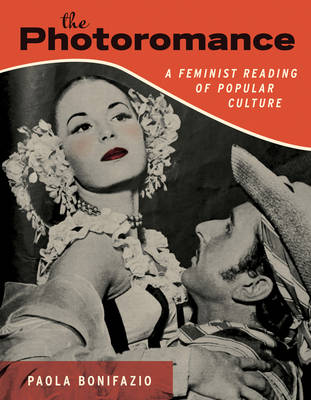
- Retrait gratuit dans votre magasin Club
- 7.000.000 titres dans notre catalogue
- Payer en toute sécurité
- Toujours un magasin près de chez vous
- Retrait gratuit dans votre magasin Club
- 7.000.0000 titres dans notre catalogue
- Payer en toute sécurité
- Toujours un magasin près de chez vous
Description
Born in Italy and successfully exported to the rest of the world, photoromances had a readership of millions in the postwar years. By the early 1960s, more than ten million Italians read a photoromance each week. Despite its popularity, the photoromance--a form of graphic storytelling that uses photographs instead of drawings--was widely scorned as a medium, and its largely female audience derided as naive, pathetic, and uneducated. In this provocative book, Paola Bonifazio offers another perspective, making a case for the relevance of the photoromance for both feminism and media culture. She argues that the photoromance pioneered storytelling across platforms, elevated characters and artists into brands, and nurtured a devoted fan base. Moreover, Bonifazio shows that female readers--condescended to by intellectuals, journalists, and politicians of both the left and the right--powered the Italian photoromance industry's success.
Bonifazio examines the "convergence culture" of Italian media as photoromance magazines dispersed their content across multiple formats, narrative conventions, editorial and business strategies, and platforms. The plots of photoromances often resembled the storylines of romantic films, and film stars themselves often appeared in photoromances. Bonifazio discusses the media habits of photoromance readers; the use of photoromances to promote political, religious, and social agendas, including a campaign for "birth control in comics"; and long-term fandom. While publishers built lifelong relationships with their readers, the readers built a common identity and culture.
Spécifications
Parties prenantes
- Auteur(s) :
- Editeur:
Contenu
- Nombre de pages :
- 256
- Langue:
- Anglais
Caractéristiques
- EAN:
- 9780262539289
- Date de parution :
- 22-09-20
- Format:
- Livre broché
- Format numérique:
- Trade paperback (VS)
- Dimensions :
- 178 mm x 226 mm
- Poids :
- 589 g

Les avis
Nous publions uniquement les avis qui respectent les conditions requises. Consultez nos conditions pour les avis.






